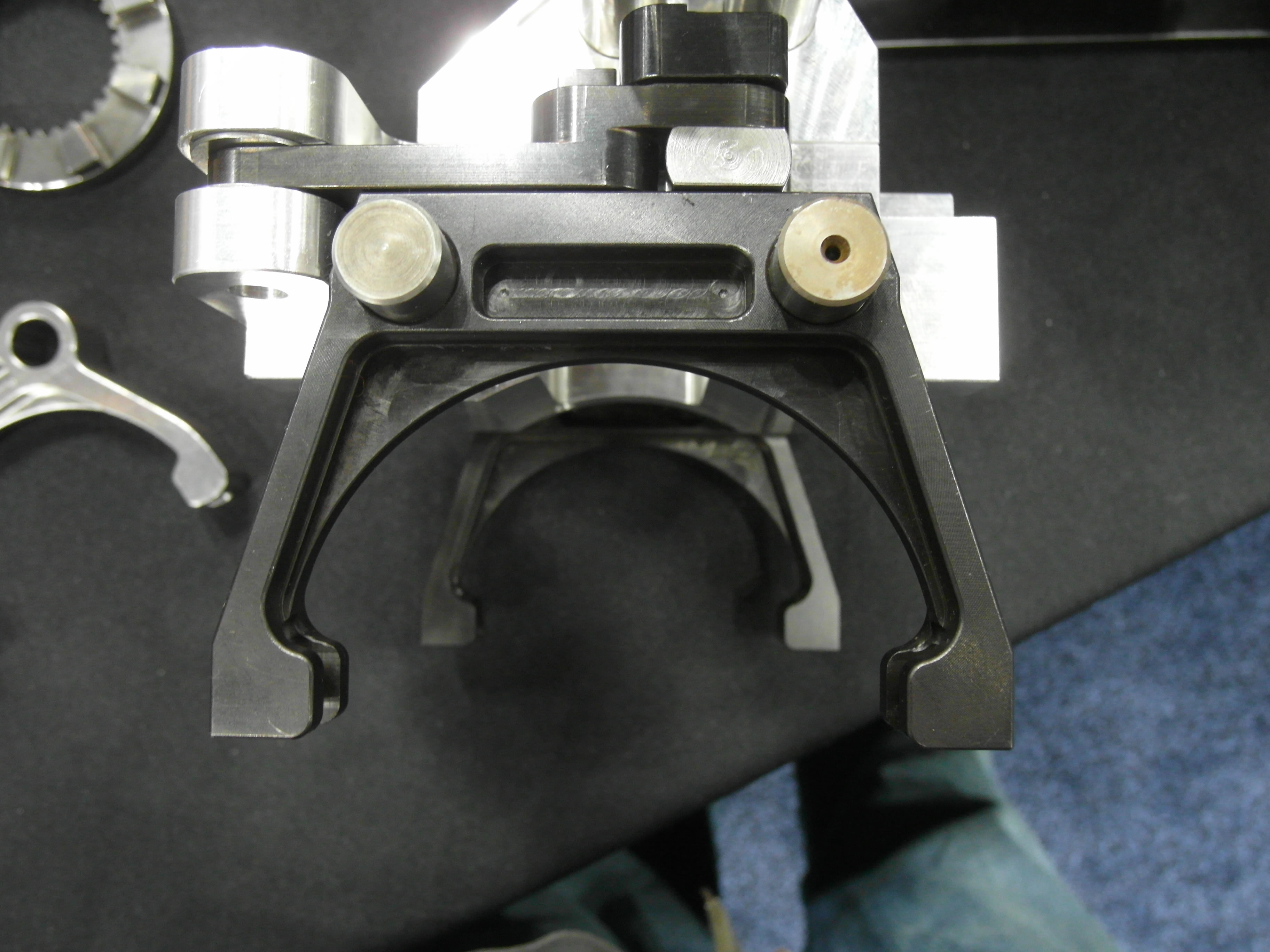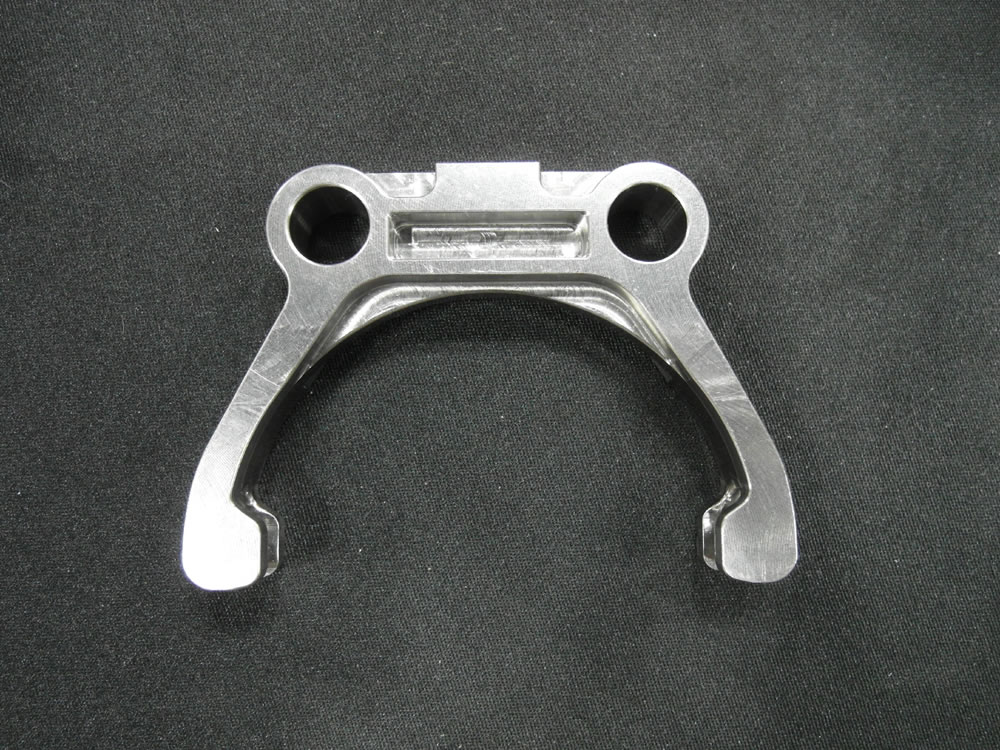NASCAR transmissions
Transmission development in NASCAR’s top echelon of racing is tightly controlled by regulation, and no parts may be changed or modified without the governing body’s approval. This does not mean, however, that transmission manufacturers’ r&d departments sit idle, and Cup car gearboxes are constantly subject to small revisions to improve their efficiency and reliability. As with so many components in modern NASCAR the four-speed transmissions found in Cup cars, though simple in operation, are highly developed and optimised, providing performance far in excess of their humble forebears.
One example of this optimisation is the shift mechanism developed by a supplier of transmissions to several leading Cup teams. Until recently, all its transmissions featured a ‘three-rail’ shift system that relied on three separate guide rails for the shifter mechanism. In a quest to reduce the complexity of its transmissions, the company developed a new single-rail shift system. Internally, the transmissions are similar but the single-rail system, introduced in 2010, uses just one external rail to rotate and move two internal shift forks to engage the four forward gears. The result is both a cleaner transmission casing, aiding packaging within the car, and a reduced number of moving parts, which ultimately reduces the potential for component
The same manufacturer’s gearboxes also have a novel ‘floating’ input shaft. Instead of using a solid shaft going into the clutch and the back of the engine, the design uses a splined hub that flexes with the car’s torsional movement. When the engine and transmission flex together, with the bellhousing absorbing the movement, the floating shaft will flex, eliminating any chance that the internal gears will bind up. Any such binding will increase both frictional power losses and increase transmission temperatures, with dynamometer testing showing that the floating-shaft system provides a useful increase in efficiency.
Following a similar line, teams will also pay great attention the construction of a car's driveshaft, to ensure that it is optimised from both a geometric and dynamic perspective. Any avoidable misalignment between the transmission output and the differential will increase frictional losses, as will any dynamic imbalance in the shaft (which can also cause unwanted vibrations, potentially impacting component durability).
Due to the regulatory constraints, finding ways of increasing the contribution of the transmission to overall car performance is no easy task, and involves looking at each area of the transmission in order to assess where developments may be possible. One area in which gains can often be found is mass reduction. Despite the regulations ruling out the use of exotic lightweight materials, advances in CAD and simulation systems have allowed manufacturers to further optimise the design of existing components.
The shift fork pictured below is a result of such developments. Fig. 1 shows the fork in its first iteration, while Fig. 2 is an improved version. Through extensive finite element analysis of the fork’s design, the manufacturer was able to remove excess material while also optimising the component’s geometry to increase its stiffness, improving the accuracy of gear changes.
Given the shift in focus among Cup teams back to weight saving with the current Gen 6 cars, combined with the incredibly tight nature of NASCAR racing, it is inevitable that developments such as these, that cumulatively can provide a performance edge, will continue to be a feature of transmission development.
 Fig. 1 - The first iteration of a shift for designed for a four-speed NASCAR Cup spec gearbox
Fig. 1 - The first iteration of a shift for designed for a four-speed NASCAR Cup spec gearbox
 Fig. 2 - A later iteration of the same fork, optimised to reduce weight and increase stiffness
Fig. 2 - A later iteration of the same fork, optimised to reduce weight and increase stiffness
Written by Lawrence Butcher